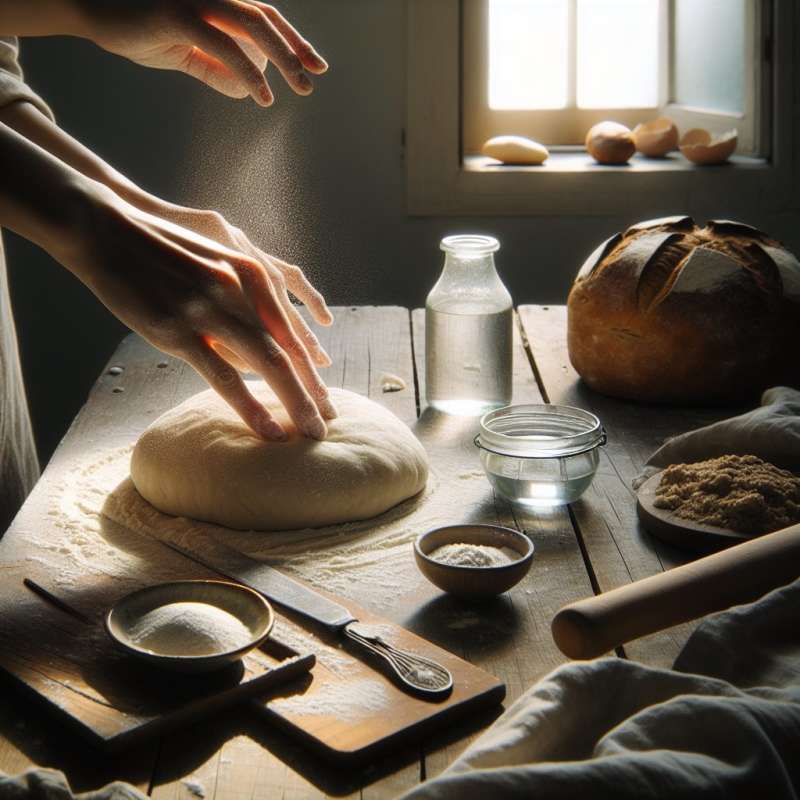
Understanding Bread Ingredients
Bread basics include flour, water, salt, and yeast. Each ingredient impacts texture and flavor. Flour's protein content affects gluten formation, crucial for structure. Hydration levels can alter crumb density. Salt regulates yeast activity and enhances flavor.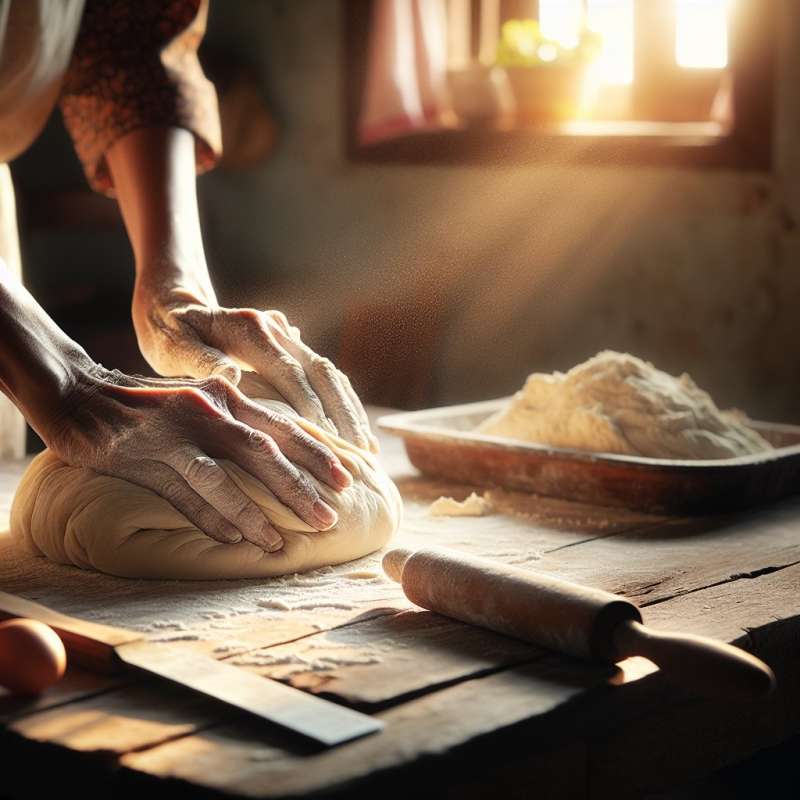
Importance of Kneading Dough
Kneading dough develops gluten, providing elasticity and structure. Proper kneading affects the final product's texture and volume. Techniques vary from hand-kneading to using a mixer. Stretch-and-fold method during fermentation also strengthens gluten networks without overworking the dough.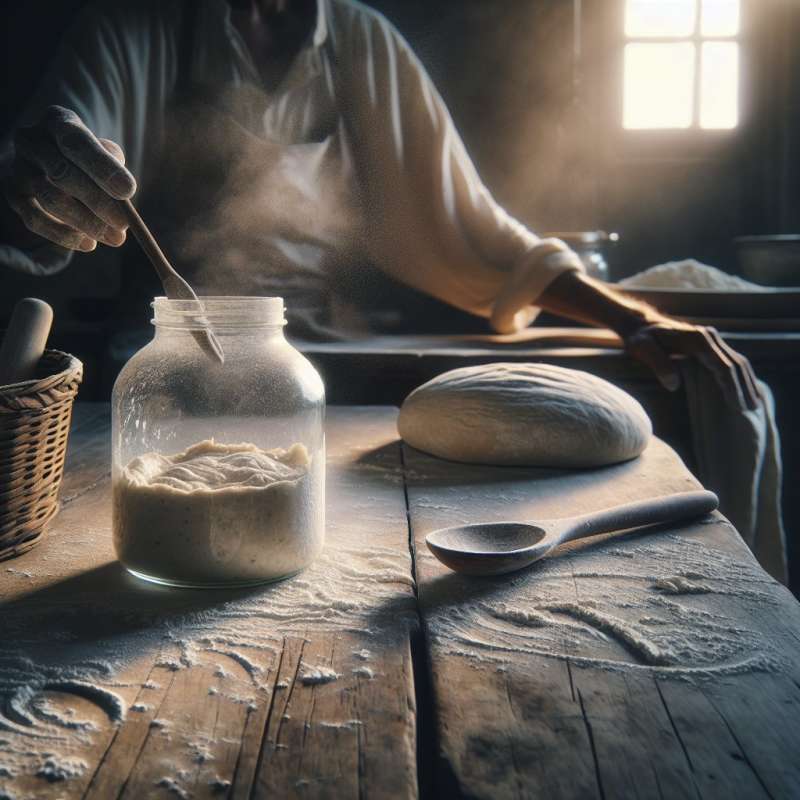
Fermentation: Flavor's Secret
Fermentation is not just rising time, but flavor development. Long, slow fermentation at cooler temperatures allows complex flavors to emerge. Sourdough starters introduce natural yeasts and lactobacilli, giving distinct tang and digestibility benefits over commercial yeast.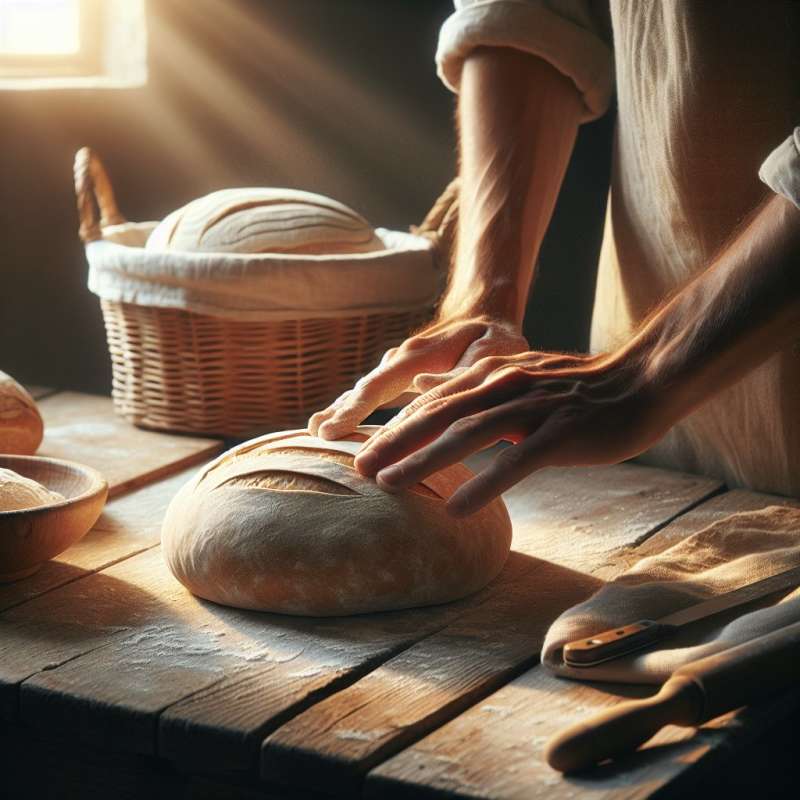
Shaping and Proofing Tips
Shaping defines bread structure and aesthetic. Tension in the dough's surface helps maintain shape during proofing. The final proof, or 'bench rest', is critical. Under-proofing leads to dense bread, while over-proofing can cause collapse. Ideal proofing is judged by gentle indentation tests.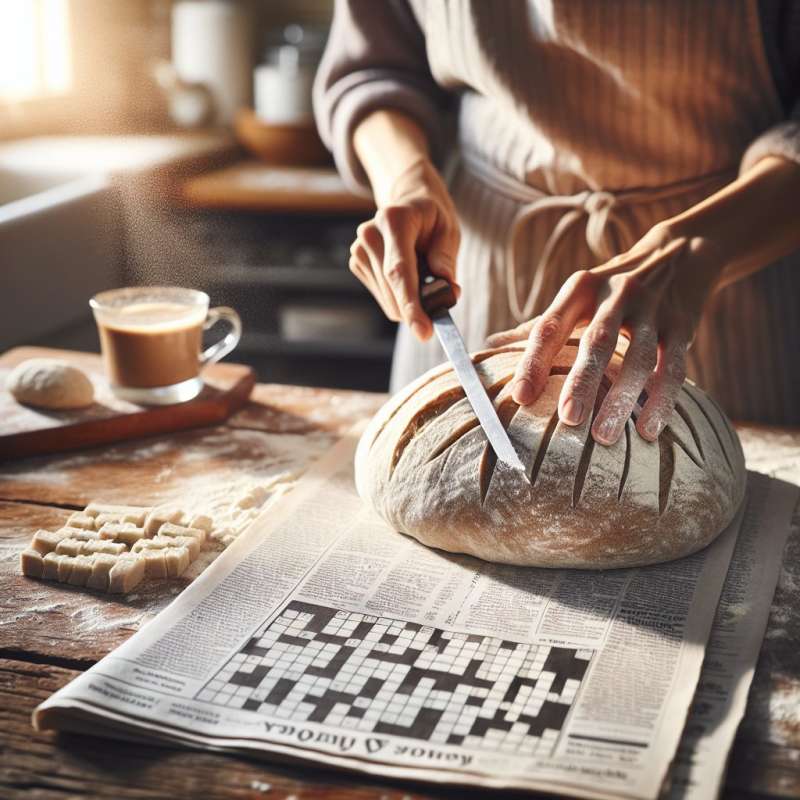
Scoring: More Than Aesthetics
Scoring isn't just decorative; it's functional. It controls where the bread expands during baking, reducing the likelihood of cracking. Scoring depth and pattern influence the 'ear' and overall appearance. A lame is commonly used for precise, clean cuts.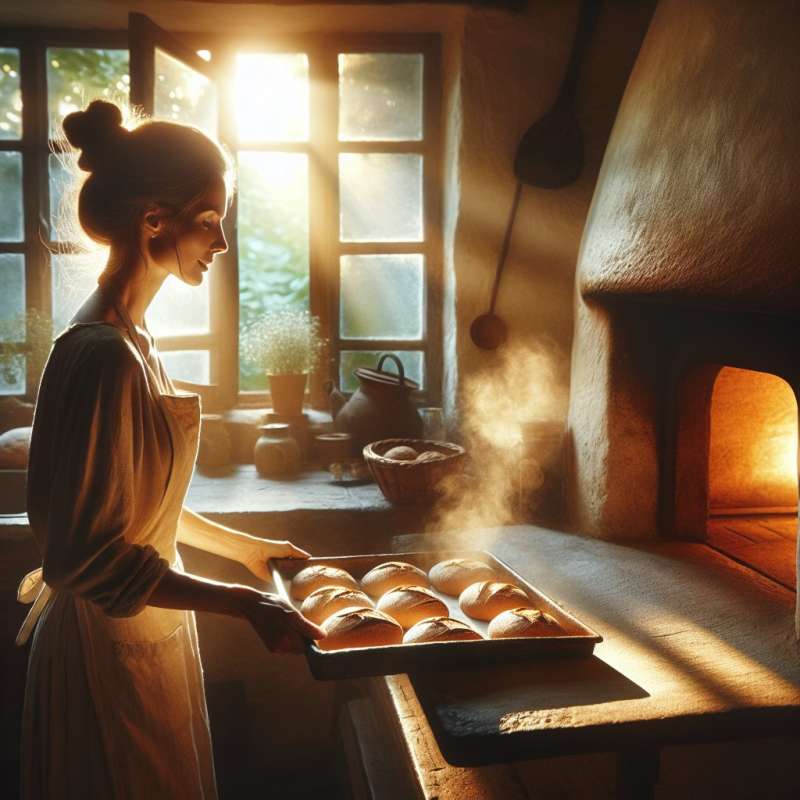
Baking: Steam and Heat
Steam during the initial baking phase keeps the crust soft, allowing for maximum oven spring. It also contributes to a glossy, crackly crust. After this phase, dry, high heat is needed to develop a rich color and crisp texture.
Cooling: Integral to Perfection
Resist cutting freshly baked bread. Cooling is actually the final stage of baking. It allows the crumb to set and the flavors to mature. A wire rack prevents moisture build-up, ensuring a crisp crust. Patience here rewards with optimal texture and taste.Bread in Space
NASA had to ban regular bread in space due to crumbs causing equipment malfunctions, leading to the invention of crumb-free tortillas for astronauts.
What regulates yeast activity?
Kneading the dough
Salt in the recipe
Cooling after baking
Company